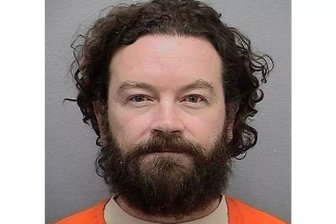A plan is underway in the Halifax Regional Municipality to help Nova Scotians struggling to put food on the table.

The municipality has launched its first food strategy to make it easier for Haligonians to access healthy meals amid the high costs of living.
A senior planner with HRM says the JustFOOD Action Plan represents a decade of work and aims to improve access to nutritious meals in HRM through innovation.
Leticia Smillie says there are many possibilities.
“How do we create supports for people to garden at home?” she asks. “Or to have access to municipal land or people’s backyards or other spaces so they can grow their own food?”
Halifax Regional Council endorsed the first phase of the plan (Part A) on Tuesday, which puts forward 56 recommendations to remove barriers to accessing healthy food in the municipality.
“We want people to be aware of food,” says Halifax Mayor Mike Savage. “We want people to know where it came from. We want them to be able to access healthy food that is affordable and sustainable.”
Smillie says many in the region have been experiencing tough times.

Get weekly health news
“You’re not alone,” she says. “The numbers are showing that one in five of our households is struggling.”
The action plan was drafted through a partnership between the municipality and community organizations including Feed Nova Scotia, the Ecology Action Centre (EAC) and public health.

The EAC’s community food co-ordinator says the Halifax region has a food insecurity rate of 18.6 per cent at the household level, which is higher than both the provincial and national averages.
“What I would say in terms of this plan is that income is a key determinant of food insecurity,” says More Vail. “The plan does advocate at the provincial and federal level for income supports.”
Vail says the Halifax Mobile Food Market is an inspiration for future programs. The van travels to neighbourhoods where a need has been identified, bringing healthy and affordable food.
Vail points to other innovative ideas that could emerge from the new plan.
“Models like social supermarkets where people can walk in and it’s a pay-what-you-can model,” they say.
Vail adds that the strategy will focus on local producers so the community is less reliant on big corporations.
They say community members are encouraged to share their feedback and ideas on the plan to help transform the food system.
Planners are now working on the second phase, called Part B, creating strategies to make the recommendations for change a reality.
It will be brought to the council in the fall.








Comments